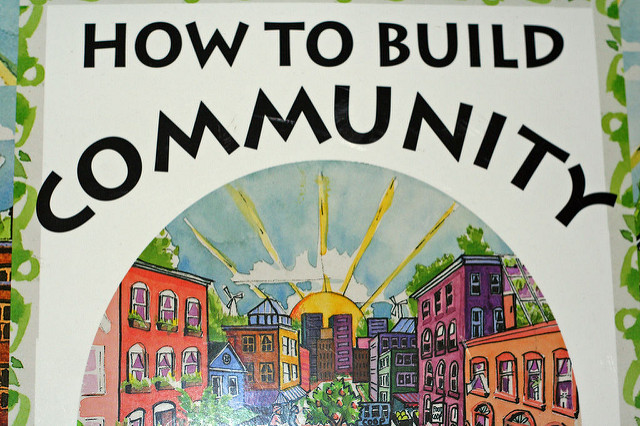Most older adults choose to remain in their communities as they age as long as they can. In order to do so, seven out of 10 older adults will need long-term care services and supports (LTSS). Often, unpaid family caregivers and volunteers, provide these services. Sometimes, people need to pay for these services, and most of us have not set aside the funds to do so. A recent report from the Kaiser Family Foundation explains Medicaid’s role in providing long term services and supports.
Almost half of older adults aging in place (46 percent) report needing long-term services and supports to assist with their own care or simply with household activities. More than one in three older adults have a need for help with activities of daily living, such as getting out of bed, going outside or eating. And, one in three report needing help with household activities. The overwhelming majority of them live in a private home and not an assisted living facility or retirement community,
And, the older people are, the more likely they need long-term services and supports. Almost three of four older adults (74 percent) 85 and older need LTSS, compared with half of older adults between 75 and 84 and 37 percent of those between 65 and 74.
Medicaid is our country’s top payer for LTSS for people with Medicare who have low incomes. Medicare does not pay for LTSS and it is rare that people with Medicare have private insurance to cover these services. But, where you live matters in terms of the Medicaid benefits you get.
Older adults–even people with incomes and savings above typical Medicaid eligibility levels–may become eligible for Medicaid LTSS because of their functional needs or by spending their income and resources down to pay for some LTSS costs. But, many older adults who need LTSS do not qualify for Medicaid. Without long-term services and supports. they are at particular risk for developing more costly needs over time and needing to go into a nursing home.
A stronger LTSS system could help provide needed retirement security to many vulnerable older adults who do not qualify for Medicaid and keep them from needing more costly institutional care. Policies that help with home repairs and find ways to reduce risks of falls, for example, could reduce long-term health care costs.
Through the Medicaid waiver program, states have some flexibility to expand their Medicaid programs in innovative ways. They could urge managed care plans to take on home repairs as a way to keep overall health care costs down.
For a state scorecard on long-term services and supports for older adults, click here. To better understand how much many of us rely on long-term services and supports, click here.
Here’s more from Just Care:










